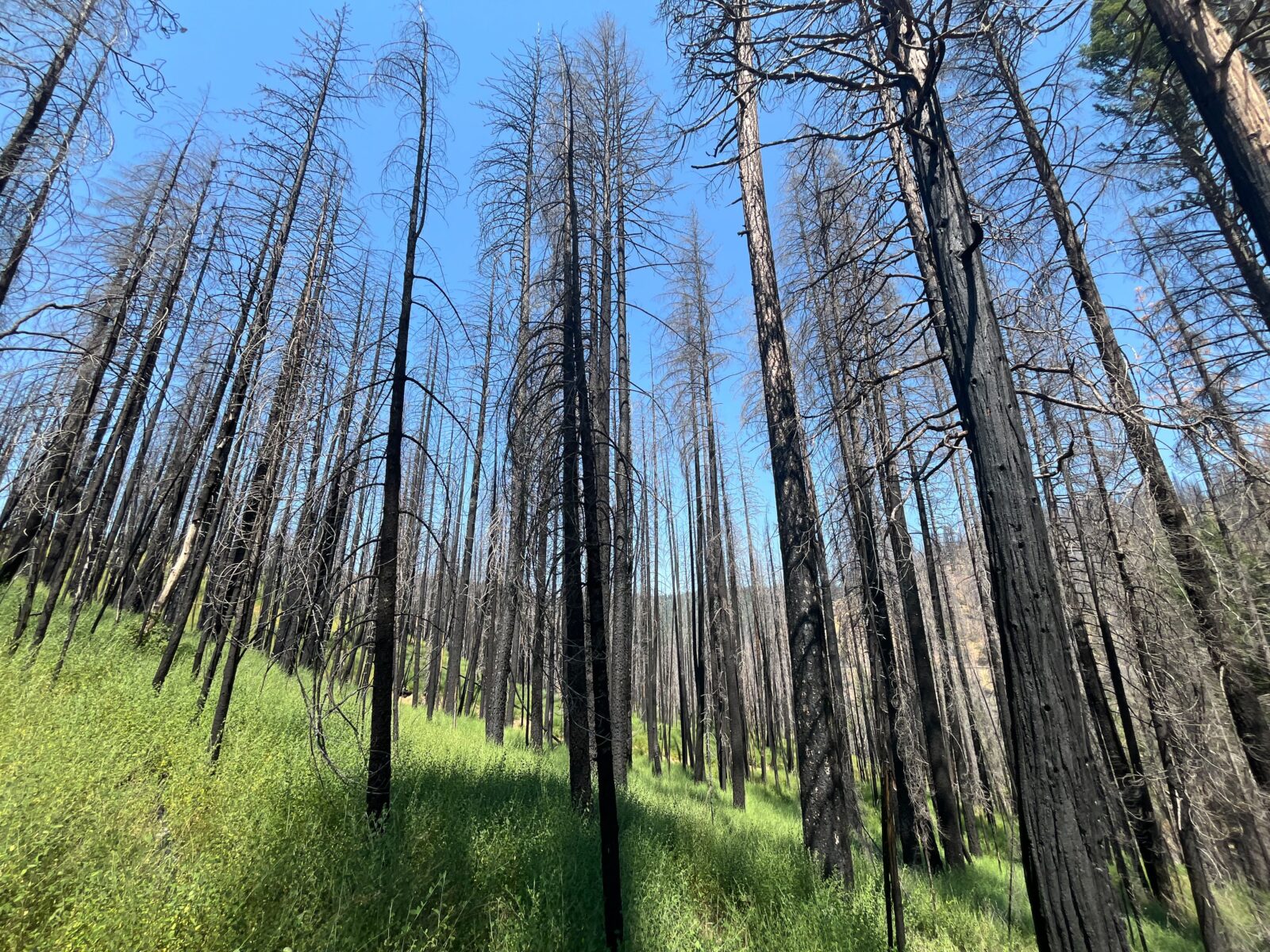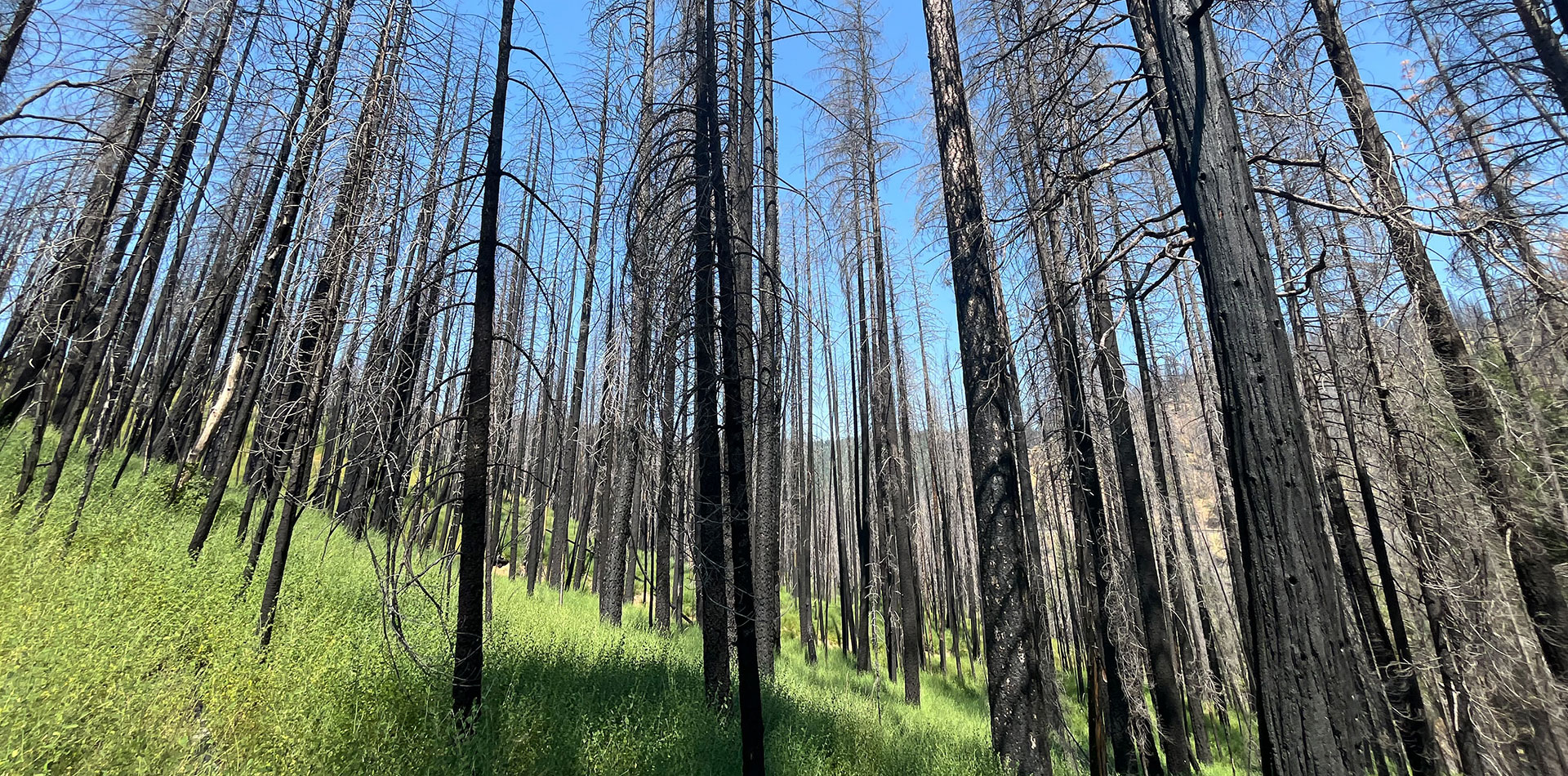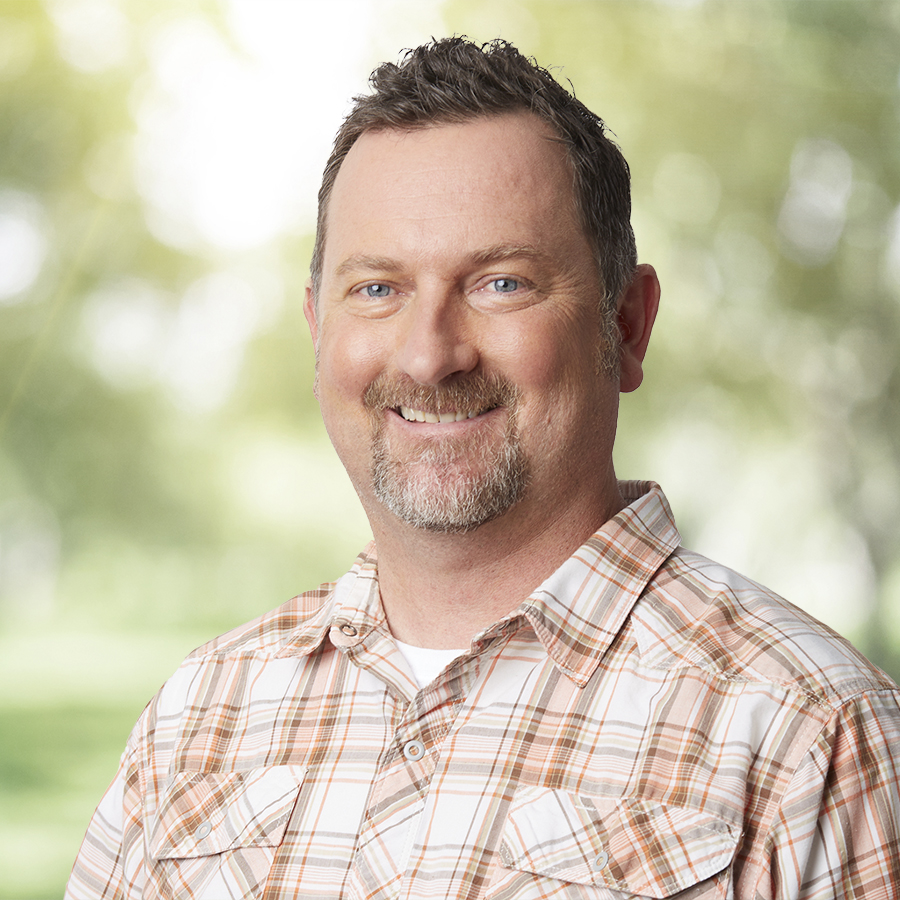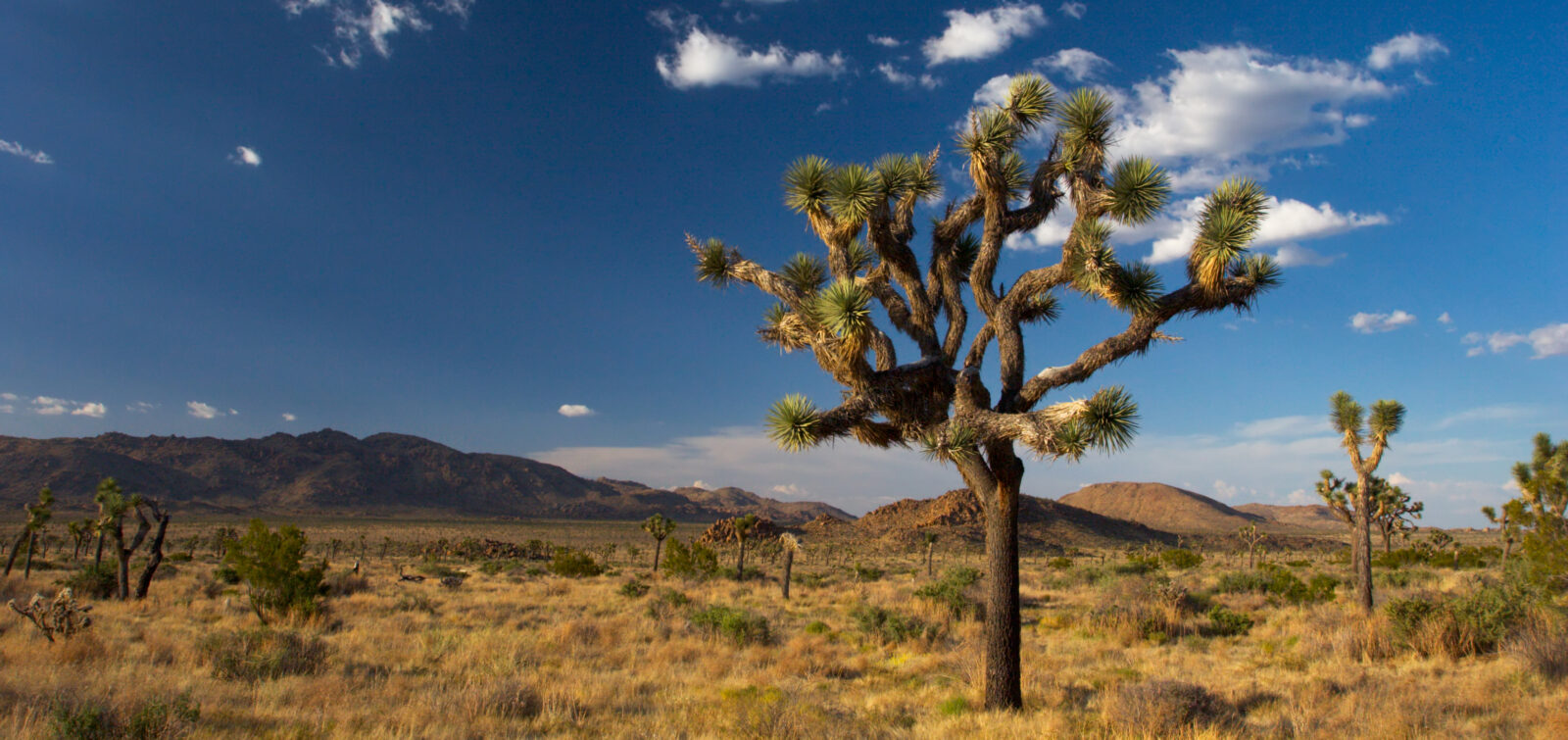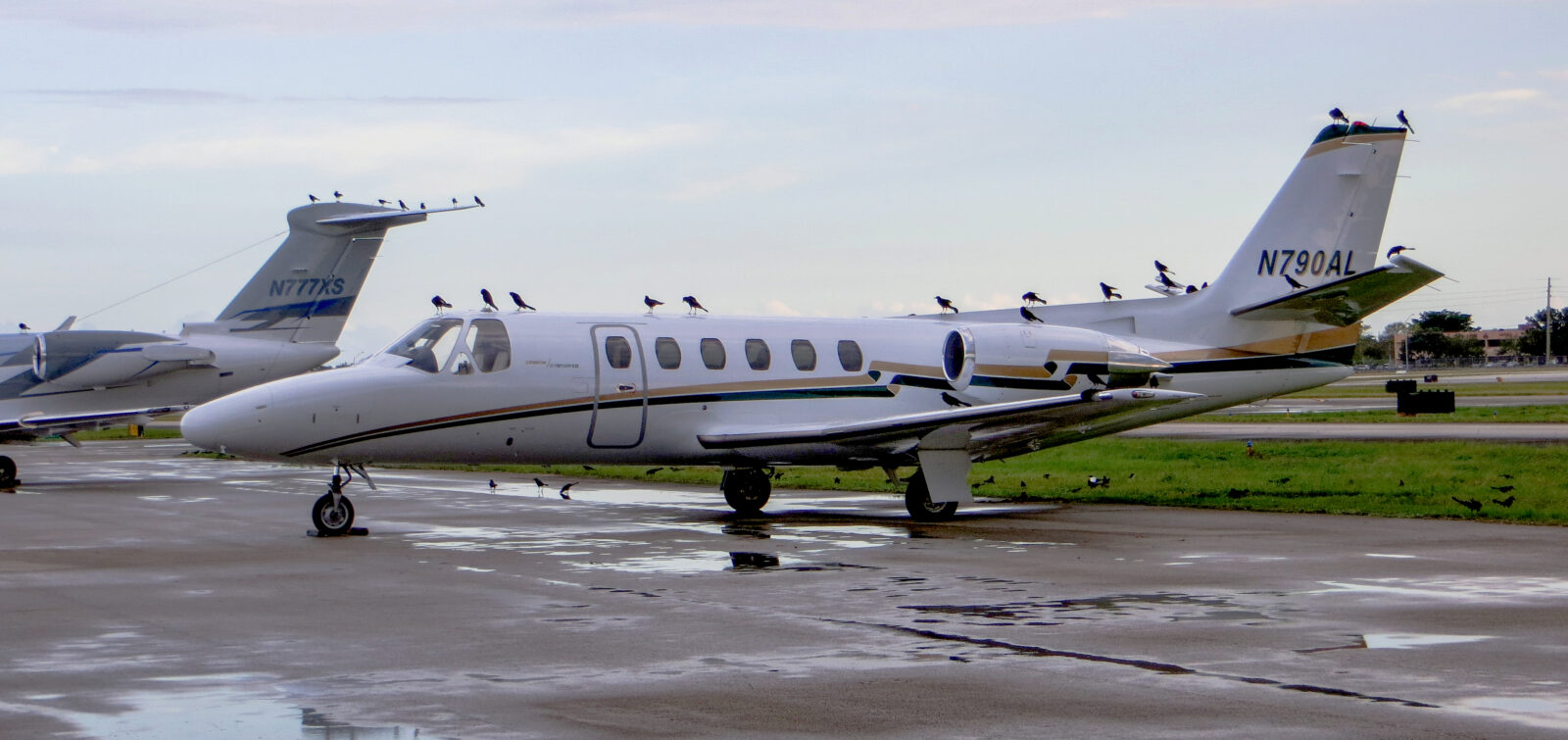This is the second in a series of articles exploring how ESA is working with clients to manage wildfire risks and impacts. See the first here.
Urban and wildland forests throughout California and elsewhere in the western United States are facing unprecedented threats from climate change. These threats include persistent periods of drought, native and invasive pest infestations, wind events, and wildfire. These four factors greatly influence the health and stability of trees, potentially causing them to become hazards to the public, preserved lands, and utility infrastructure. In particular, hazardous trees add high fuel loads, contributing to catastrophic wildfires as seen in recent events throughout the West.

Hazardous Tree Pre-planning
Tree risk assessments are a crucial step in planning for the management of potentially hazardous trees. ESA’s certified arborists regularly advise clients on which assessment method will provide the desired level of detail, considering property, risk tolerance, and budget constraints. These methods range from a limited visual or basic assessment to more advanced methods that use aerial inspections with internal decay assessments, root assessment, and load tests.
Once this step is complete, an in-depth analysis of potentially hazardous trees at different scales is conducted. The resulting data can be analyzed to identify future risks and recommend actions to mitigate them, informing the decision-making process to improve the short- and long-term management of trees that make up the urban and wildland forests. Land managers that benefit from this type of assessment and analysis include cities, counties, golf courses, homeowner associations, school districts, water districts, utilities, federal agencies, and a multitude of other private and public landowners.
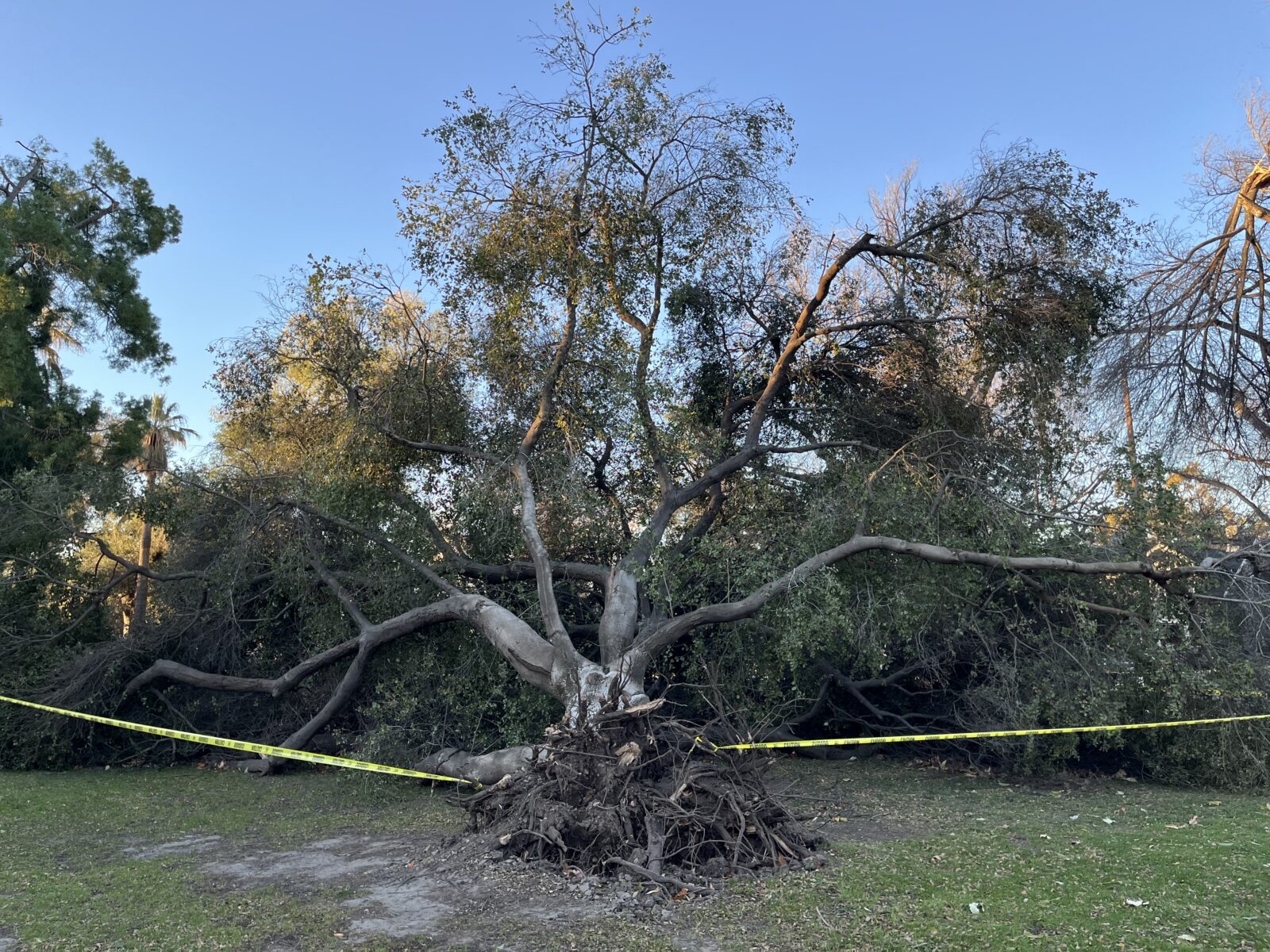
Case Study: Southern California Electrical Utility
Principal Biologist and Urban Forester Ryan Gilmore worked to identify hazardous trees located near electrical distribution lines in various mountain communities throughout Southern California. Most of the trees identified were dead as the result of drought and/or bark beetle infestation. Numerous—and serious—consequences can occur when dead trees fall and come into contact with power lines, including interruption of electrical service, property damage, and wildfire ignition. Once Ryan had identified these hazardous trees, the client was able to remove them, reducing future risks of wildfire ignition and the quantity of dead fuels adjacent to developed areas.

Emergency Hazardous Tree Assessment
ESA’s arborists frequently provide on-call emergency hazardous tree services to several Southern California municipalities. Many of these municipalities have ordinances requiring that a qualified arborist review any protected trees proposed for removal. If a tree requires removal because it appears presents a hazard to the public, an arborist can conduct an emergency site visit and make a rapid determination. Among the common situations that may require an emergency assessment: Trees are overhanging the public pathway or street and have been hit by vehicles; a protected tree has fallen onto a private residence and is restricting access to the property; or a tree is showing signs of imminent failure due to structural instability.
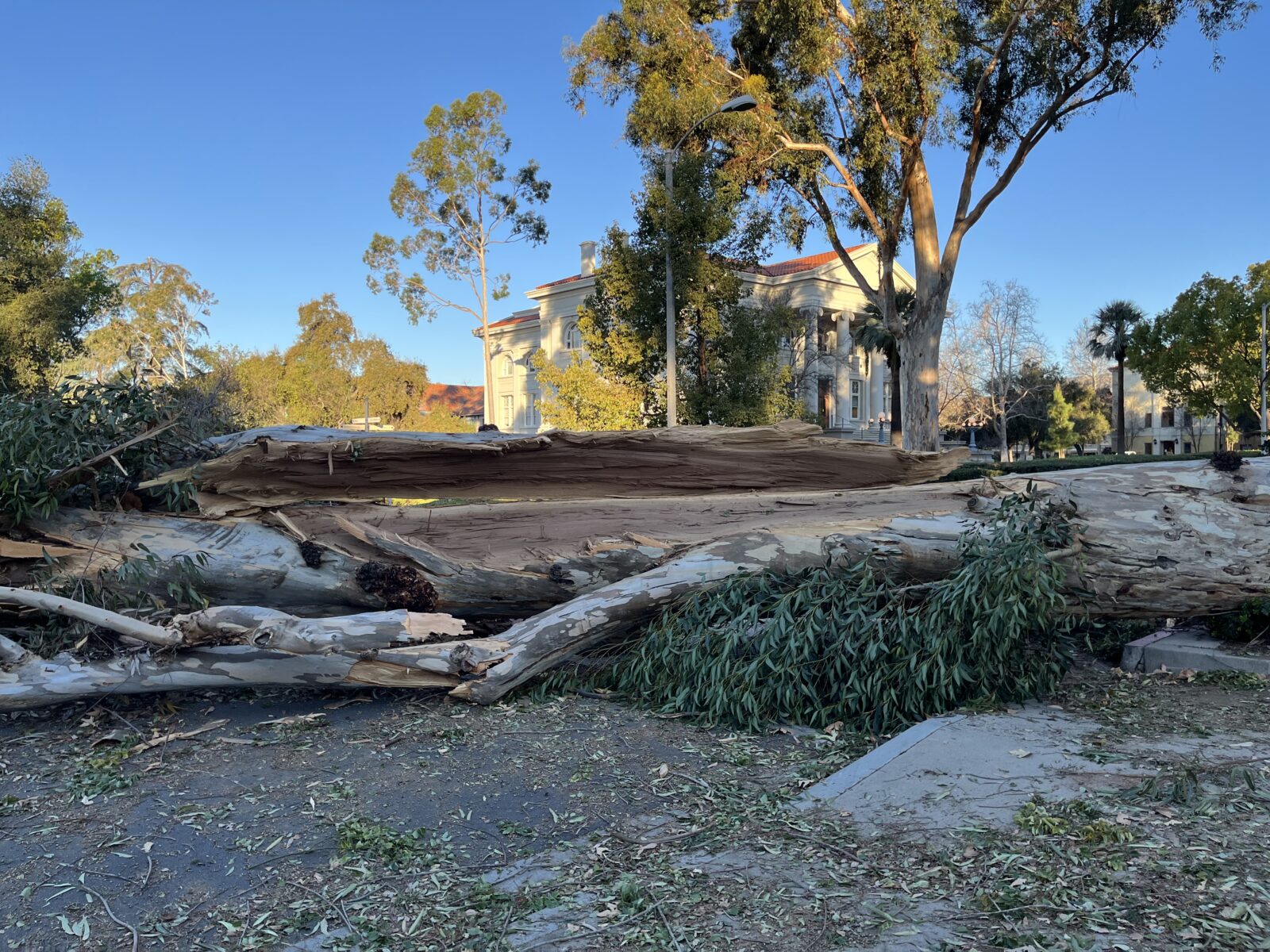
Case Study: Private Residence
ESA’s arborists conducted an emergency tree assessment of a mature valley oak that had fallen on a private residence. The fallen tree was blocking access to the garage and driveway and putting pressure on the structure of the house, creating the potential to cause further damage. We were able to reach the site within four hours and assess the tree, clearing it for removal in compliance with the city’s regulatory requirements.
Post-wildfire Hazardous Tree Assessments
Wildfires that pass through developed areas and the Wildland-Urban Interface create hazardous conditions as they burn trees. While many of these trees can be saved, others can become structurally compromised, presenting additional hazards to post-wildfire recovery activities. ESA’s arborists have the knowledge, training, and experience to assess the health and structure of trees subjected to wildfire, creating a plan of action that will protect trees that can be saved and expediting wildfire mitigation recovery efforts.
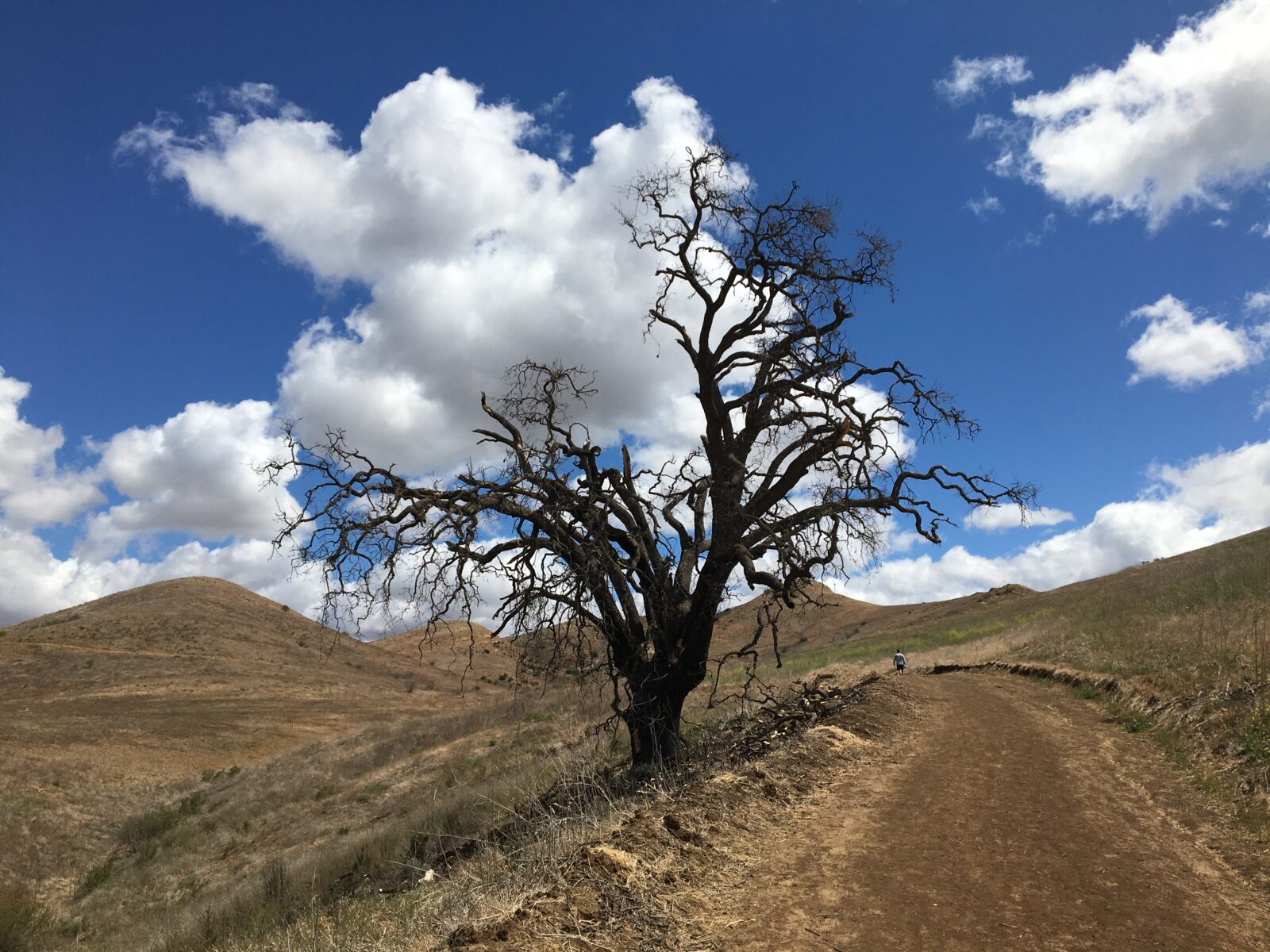
We can assess wildfire-damaged trees to evaluate their health and structure in the field. The trees are assessed for severity of burn damage and are assigned a burn severity rating. The locations of individual trees relative to structures, utilities, and public access are also considered. Each individual tree is assigned a “priority for removal” rating, if applicable, based on the aforementioned factors. These priority ratings are incorporated into a plan document that calls for the phased removals of the damaged trees. Once the plan is implemented, the risk presented by the damaged trees has been largely mitigated.
Case Study: Northern California Non-native Tree Stand Study
ESA prepared a Non-native Tree Stand Study for a confidential client in Northern California. The study team identified approximately 1,560 trees within 91 distinct non-native tree stands, collected comprehensive survey data, and assessed the overall health of each tree. Observations included damage caused by pathogens or insects, potential tree hazards, presence of native vegetation, considerations for native vegetation replacement, and understory conditions. The resulting data allowed the team to make recommendations for the phased removal of non-native tree stands ranking from fair to very poor in health, and to recommend a native tree planting and restoration program to expand and enhance existing native woodlands. These actions will greatly contribute to the area’s protection against future wildfire risks.
Conclusion
ESA’s team of qualified arborists is ready to assist land managers with assessing potentially hazardous trees, mitigating risks to property and the public. We base our assessments and plans on sound arboricultural qualifications and industry standards. For assistance with hazardous tree assessments, contact Ryan Gilmore or Douglas Gordon-Blackwood.
